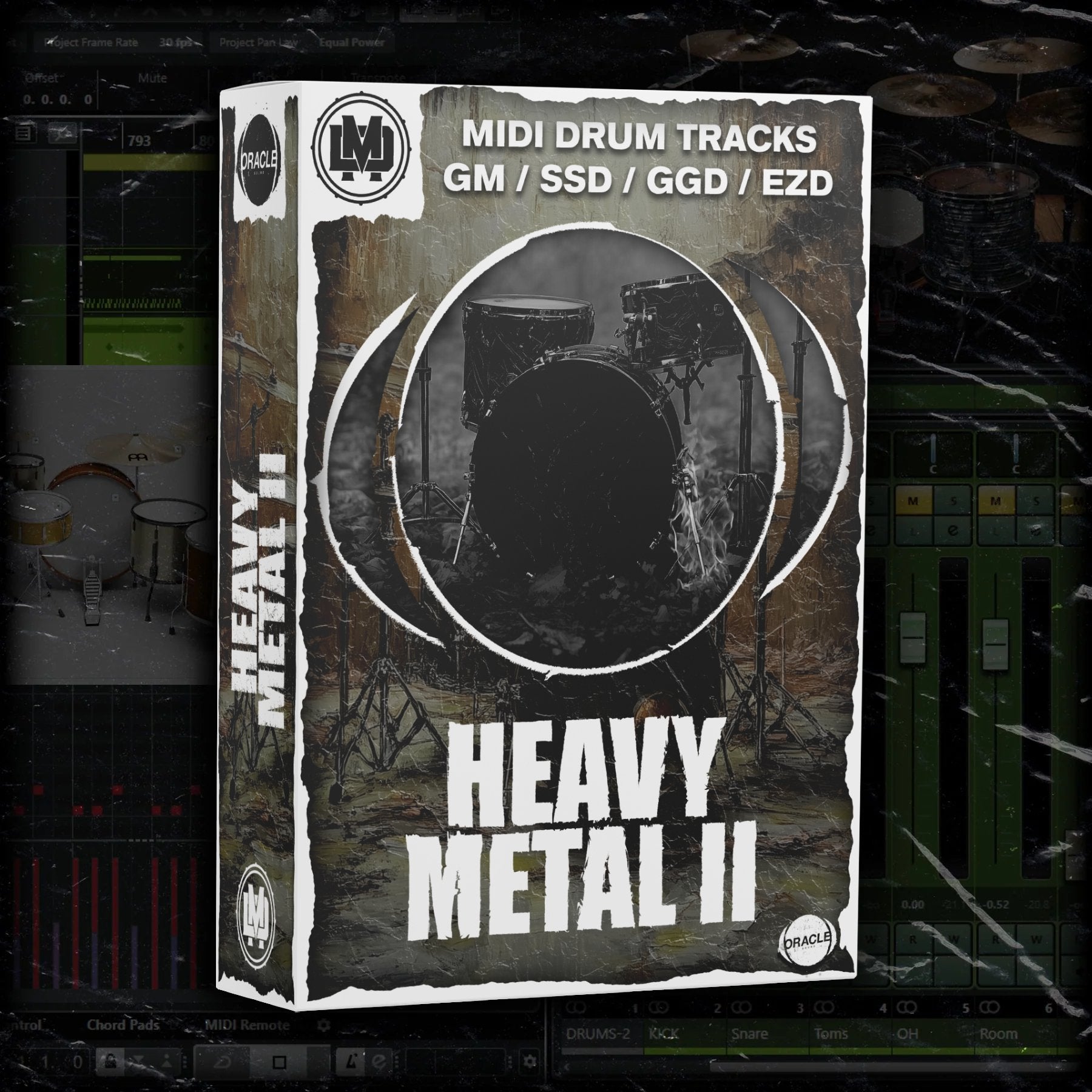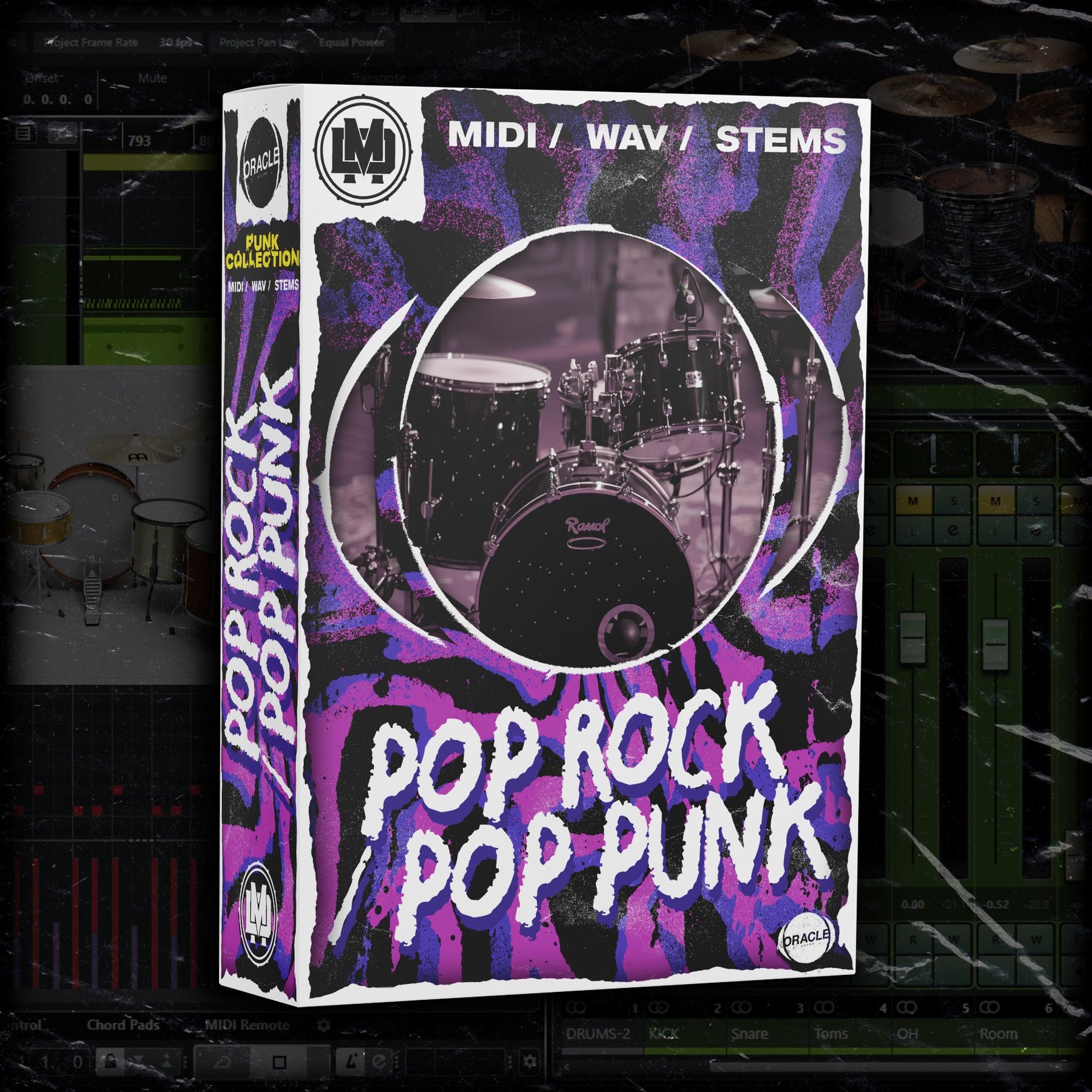Ultimate Guide to Creating MIDI Drum Patterns
Ultimate Guide to Creating MIDI Drum Patterns
Blog Article
MIDI drum patterns are at the primary of contemporary music production. They allow musicians and suppliers to produce vibrant, functional beats that get a track's rhythm. Whether you're a starter or a veteran maker, knowledge the fundamentals of creating drum midi packs can elevate your audio creation skills. That guide covers all you need to know—from simple ideas to advanced techniques—to hobby engaging drum habits tailored to your music.
What Are MIDI Drum Styles?
MIDI (Musical Instrument Electronic Interface) drum patterns are digitally produced sequences of drum defeats designed in a DAW (Digital Music Workstation). Unlike recorded music, MIDI knowledge contains information about the timing, message, speed, and length of notes, providing complete control over all facets of the beat.
With MIDI, companies can test out countless drum kits, tweak rhythms, and layer looks to create beats for genres including hip-hop to digital to rock. The versatility of MIDI makes it an essential tool for music production.

The Creating Blocks of a Drum Structure
Creating a good MIDI drum sample begins with understanding the components of a drum equipment and their functions in surrounding beat:
End Drum: Forms the foundation of the beat. It offers the thud or low-end strike that drives the rhythm.
Snare Drum:Gives power and emphasis, often producing the take sound seen on the second and 4th beats in many genres.
Hi-Hats: These can be found in two forms (closed and open) and put rhythm and deviation with consistent patterns.
Toms: Fill in changes or include character to your patterns.
Accident and Trip Cymbals: Employed for decorations and to level transitions in just a song.
Steps to Produce MIDI Drum Patterns
Step 1: Begin with a Simple Sample
Lay down a straightforward 4/4 beat. Make use of a kick drum on defeats 1 and 3 and a snare on defeats 2 and 4. Include consistent hi-hats on every eighth observe to keep the rhythm moving. This establishes a powerful foundation.
Stage 2: Put Complexity
Once your standard flow is set up, present variation. Add offbeat hi-hat strikes, ghost notes on the snare, or syncopation to create a dance that feels living and engaging.
Step 3: Concentrate on Pace and Humanization
One frequent issue with MIDI drum patterns is that they can sound robotic if every note is played at exactly the same velocity. Change velocities to simulate the dynamics of a genuine drummer's performance. Furthermore, experiment with minor timing adjustments to humanize the rhythm.
Stage 4: Integrate Fills and Changes
Drum floods are critical for observing changes between track sections. Use tom sheets, snare floods, or cymbal accidents to include pleasure and motion to your habits, maintaining listeners engaged.

Stage 5: Experiment with Styles
Investigate various styles to grow your understanding of drum patterns. Hip-hop defeats may possibly feature swung hi-hats and syncopated kicks, while digital audio frequently utilizes complicated grid-based coding and layered percussion.
Tips for Elevating Your Defeats
Layer Your Seems: Combine samples or drum seems to produce richer, more distinctive beats.
Use Effects Tastefully: Include reverb, wait, or retention to individual drum aspects for a more polished sound.
Examine True Drummers: Analyze drum shows in your favorite tracks to know groove and beat designs better.
Open Endless Creativity with MIDI
Mastering MIDI drum styles allows you to innovate and adapt beats to generally meet the demands of any track. By mixing technical detail with creative testing, you are able to craft rhythms that travel your audio and leave a lasting impact. Start exploring today and touch into the boundless opportunities of MIDI for the drum production.
Report this page